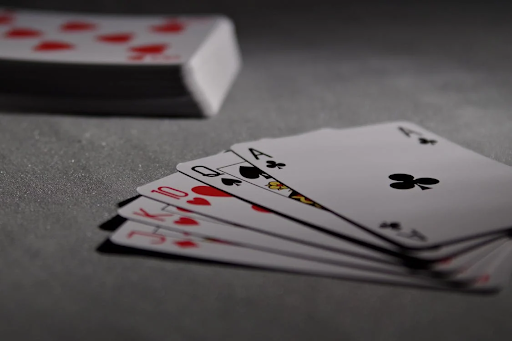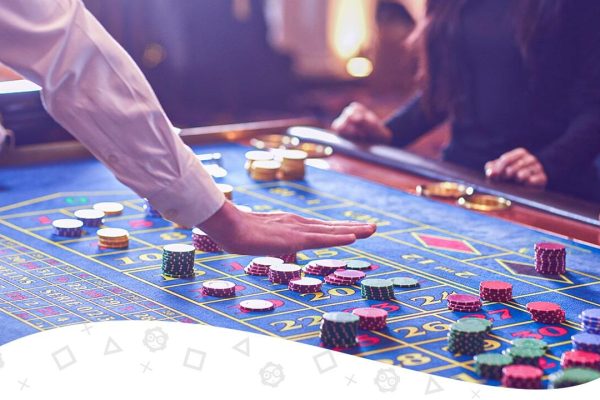Bluffing is an essential skill in poker that can separate the winners from the losers. It involves deceiving your opponents into believing that you have a stronger hand than you actually do. To master the art of bluffing, one must understand the psychology behind it.
When you bluff, you are essentially playing a mind game with your opponents. You want them to question the strength of their own hands and make the wrong decision. To achieve this, you need to observe your opponents closely, looking for signs of weakness or uncertainty. If you notice a player hesitating or showing signs of nervousness, it might be an opportune time for your unforgettable Casino action or launching a well-timed bluff.
Another important aspect of bluffing is maintaining a consistent image at the table. If you have been playing conservatively and suddenly make a large bet, it might raise suspicions among your opponents. On the other hand, if you have been playing aggressively throughout the game, your bluffs are more likely to be believed. It’s crucial to be aware of the image you are projecting and adjust your bluffing strategy accordingly.
Calculated Risks and Bet Sizing
Bluffing is not just about randomly making bets and hoping for the best. It requires calculated risks and careful bet sizing. When bluffing, you want to make your bets appear credible without risking too much of your stack. A well-calibrated bluff can put pressure on your opponents and force them to fold, even if they have a reasonably strong hand.
The size of your bluffing bet should be proportional to the pot size and the perceived strength of your hand. If the pot is large and your opponents have shown signs of weakness, a larger bluff might be more effective. However, if the pot is small or your opponents have strong hands, a smaller bluffing bet might be more appropriate. The key is to make your bet look believable and consistent with the situation at hand.

Position and Timing
Position and timing play crucial roles in successful bluffing. Bluffing from a late position, such as the button or cutoff, gives you a strategic advantage as you have more information about your opponents’ actions. You can observe their betting patterns and make more informed decisions about when to bluff. Bluffing from an early position is riskier, as you have less information and are more likely to face strong opposition.
Timing is equally important when it comes to bluffing. Bluffing too frequently can make your opponents catch on to your strategy and call you more often. On the other hand, bluffing too infrequently can make your opponents overly cautious and fold less frequently. It’s essential to find the right balance and choose your bluffing opportunities wisely.
Conclusion
Bluffing is an art that requires skill, observation, and the ability to deceive your opponents effectively. By understanding the psychology behind bluffing, employing calculated risks, considering position and timing, and reading your opponents accurately, you can become a formidable force at the poker table. Remember, the art of bluffing is a delicate balance, and mastering it will take practice, patience, and a keen understanding of human behavior.





